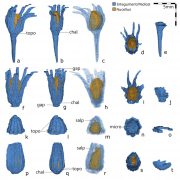
Ancient seeds reconstruction and the evolution of integuments (New Phytologist)
Plant Science Research Weekly
The origin of seeds - the specialized structures that contain and protect the developing embryos- is a key event in plant evolution. Primitive seeds comprise an exposed nucellus surrounded by a lobate integument; in contrast, extant seeds have one or more integuments fully enclosing the nucellus.…
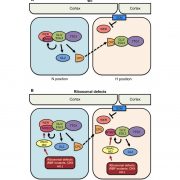
Cell fate switch in response to impaired ribosome biogenesis ($) (Plant Cell)
Plant Science Research Weekly
Root hairs are epidermal projections that help plants to absorb water and nutrients from the soil. Root hair development is initiated by the cumulative action of TRANSPARENT TESTA GLABRA1 (TTG1, a WD40 domain protein), GLABRA3/ENHANCER OF GLABRA3 (GL3/EGL3, a bHLH), CAPRICE (CPC, a MYB), inhibited…
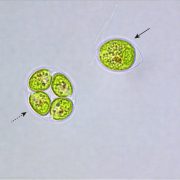
Plant Science Research Weekly: July 24
WWR Full PostGuest Editor:
Humberto Herrera-Ubaldo
Humberto is a postdoctoral Fellow at the de Folter Lab, in CINVESTAV-Irapuato (Mexico). He holds a PhD in Plant Biotechnology. During his career, he has focussed on the study of transcription factors guiding gynoecium and fruit development in Arabidopsis.…
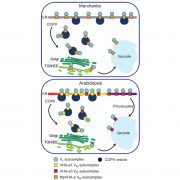
Trafficking of VHA-a isoforms in Arabidopsis thaliana (bioRxiv)
Plant Science Research Weekly
Vacuolar-type ATPase (V-ATPase) is a highly conserved enzyme but functionally diverse among eukaryotic cells. V-ATPases couple the energy released by ATP hydrolysis to pump protons across membranes of many cell types. In Arabidopsis, the V-ATPases containing different isoforms of V-ATPase catalytic…
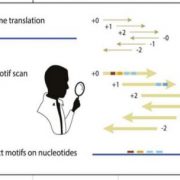
NLR-Annotator: a tool for de novo annotation of intracellular immune receptor repertoire
Plant Physiology, Plant Physiology: News and Views, ResearchWei Zhang
ORCID: 0000-0002-5092-643X
Department of Plant Pathology, Kansas State University, 1712 Claflin Road, Throckmorton Hall, Manhattan, KS, 66506, USA
[email protected]
Nucleotide-binding domain leucine-rich repeat (NLR) proteins serve as intracellular immune receptors in plants to…
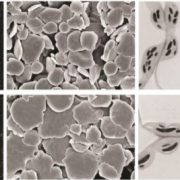
Which Factors Control Starch Granule Initiation?
Research, The Plant Cell, The Plant Cell: In BriefStorage and remobilization of sugar molecules play important roles for the growth and survival of living organisms. Besides a few exceptions, animals store carbohydrates in the form of soluble glycogen while green plants and algae bank glucans as insoluble starch. Starch forms the basis of human nutrition…
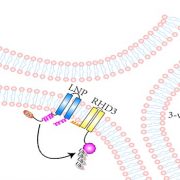
Too Active in ER Fusion? Here Comes LUNAPARK to the Rescue
Research, The Plant Cell, The Plant Cell: In a NutshellSun et al. found that Arabidopsis LUNAPARK, a protein evolutionarily conserved in eukaryotes, is an E3 ligase that promotes the degradation of ROOT HAIR DEFECTIVE3, an ER fusogen. Plant Cell https://doi.org/10.1105/tpc. 18.00937
By Jiaqi Sun, Hugo Zheng, Department of Biology, McGill University, 1205…

Plant Direct Q&A with Judy Brusslan
Plant Direct: Author ProfilesWhat does your lab work on?
My lab is interested in the regulation of leaf senescence (LS). As leaves sequentially age, they enter a regulated dismantling process that exports nutrients to growing and storage organs.
Tell us about the key findings from your recent article in Plant Direct.
We…

Comparative profiling examines roles of DNA regulatory sequences and accessible chromatin during cold stress response in grasses
Research, The Plant Cell, The Plant Cell: In BriefPhysical access to regulatory DNA, including cis-regulatory sequences found within proximal promoters and distal enhancer elements, is a vital property of chromatin. In turn, their access is determined by nucleosome occupancy and post-translational modification of histone proteins. A continuum of chromatin…

